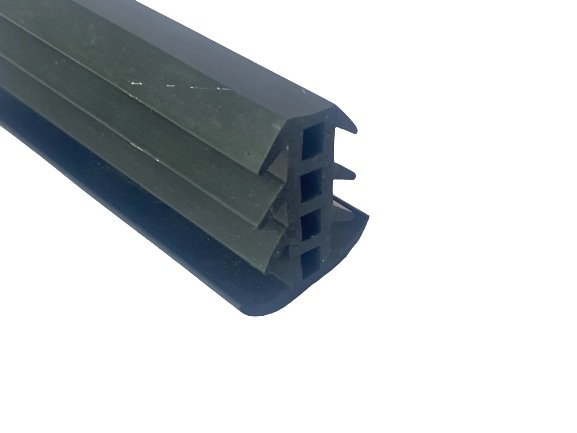Δεκ . 01, 2024 15:29 Back to list
rubber fender
Understanding Rubber Fenders Essential Protection for Marine Operations
In the maritime industry, the safety and efficiency of docking and mooring operations are of paramount importance. A critical component that plays a significant role in these operations is the rubber fender, a vital protective device designed to absorb kinetic energy and prevent damage to both vessels and docks during berthing. Understanding rubber fenders—how they work, their applications, and the various types available—is essential for ensuring optimal performance and safety in marine environments.
What are Rubber Fenders?
Rubber fenders are marine products made primarily from high-quality rubber, designed to absorb the energy produced when vessels come into contact with wharves, piers, and other vessels. They act as shock absorbers, providing a cushion that prevents structural damage. These fenders come in various shapes and sizes, tailored to different marine applications, from small boats to large tankers.
How Do Rubber Fenders Work?
The primary function of rubber fenders is to absorb the kinetic energy generated during the berthing process. When a vessel approaches a dock, its momentum can lead to significant impact forces. Rubber fenders compress upon impact, converting the vessel's kinetic energy into elastic potential energy. This energy is then dissipated as the rubber returns to its original shape, minimizing the force transferred to the moored vessel or the dock. This cushioning effect is crucial in preventing damage to both the vessel and the structure, ensuring a safe docking process.
Applications of Rubber Fenders
Rubber fenders are employed in various marine applications, including
1. Ports and Terminals Major ports use rubber fenders to protect docks and ships during loading and unloading operations. The variety of fender types allows for customization based on the size and type of vessels frequenting the port.
3. Floating Structures Rubble fenders are also utilized on floating platforms and structures, including oil rigs and buoy systems, where movement and wave action can create additional challenges.
4. Harbors Smaller harbors and marinas use rubber fenders to protect moored boats from environmental factors, such as wind and waves, as well as from other vessels navigating nearby.
Types of Rubber Fenders
rubber fender

Rubber fenders come in various designs, each tailored for specific applications. Some common types include
- D-Fenders Shaped like the letter D, these fenders are ideal for berthing applications, providing an excellent energy absorption capacity due to their design.
- Square Fenders Offers a larger contact area with the vessel, making them suitable for heavy-duty applications.
- Cylinder Fenders These are cylindrical and can be used in various orientations, providing versatility and consistent energy absorption.
- Wing Fenders Characterized by their wing-like structure, these fenders are designed to reduce the effective pressure on the berthing structure while providing maximum energy absorption.
Benefits of Using Rubber Fenders
The use of rubber fenders presents numerous advantages including
- Durability Made from high-quality materials, rubber fenders are resistant to wear and tear, weather, and marine environments, ensuring long-term use.
- Cost-Effective By preventing damage to vessels and docks, rubber fenders significantly reduce maintenance costs and extend the lifespan of marine infrastructure.
- Ease of Installation Rubber fenders are typically lightweight and easy to install, making them an ideal choice for various marine settings.
- Environmental Impact Many modern rubber fenders are designed to be environmentally friendly, minimizing their ecological footprint while providing excellent performance.
Conclusion
Rubber fenders are an essential component in the maritime sector, providing critical protection and enhancing the safety of docking and mooring operations. With multiple types available, tailored for specific applications, they offer durability, cost-effectiveness, and ease of installation. Understanding the importance and functionality of rubber fenders ensures that marine operations run smoothly and safely, protecting valuable assets in the ever-challenging maritime environment. Whether in bustling ports or tranquil harbors, rubber fenders are a silent partner in the world of marine logistics, safeguarding vessels and infrastructure alike.




